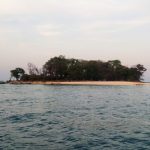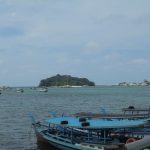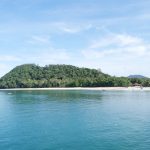Download links
How to install Discover the Beauty of Sebu Island APK?
1. Tap the downloaded Discover the Beauty of Sebu Island APK file.
2. Touch install.
3. Follow the steps on the screen.
Description
Sebu Island, located in the southern part of the Philippines, is a treasure trove of history and culture that reflects the rich tapestry of influences that have shaped its identity over centuries. The island is part of the province of South Cotabato and is known for its lush landscapes and vibrant communities. The indigenous people of Sebu, primarily the T’boli and Blaan tribes, have inhabited the island for generations, preserving their unique traditions, languages, and art forms.
The T’boli, in particular, are renowned for their intricate weaving techniques, producing the famous T’nalak fabric, which is made from abaca fibers and dyed using natural materials. This fabric is not merely a product; it holds deep cultural significance, often used in rituals and ceremonies. The arrival of Spanish colonizers in the 16th century marked a significant turning point in Sebu’s history.
The Spanish introduced Christianity, which led to the establishment of churches and schools, fundamentally altering the social fabric of the island. Despite this influence, many indigenous practices persisted, creating a unique blend of Catholicism and traditional beliefs. Festivals such as the T’nalak Festival celebrate this cultural fusion, showcasing traditional dances, music, and crafts.
The island’s history is also marked by resistance against colonial rule, with local leaders emerging to protect their lands and way of life. This historical backdrop has fostered a strong sense of identity among the residents, who take pride in their heritage and continue to pass down their traditions to future generations.
Key Takeaways
- Sebu Island has a rich history and culture influenced by various civilizations, including Spanish and Chinese, resulting in a unique blend of traditions and customs.
- The island is home to stunning natural wonders such as waterfalls, caves, and lush forests, making it a paradise for nature lovers and adventure seekers.
- Sebu Island boasts some of the best beaches in the Philippines, offering a wide range of water activities such as snorkeling, diving, and island hopping.
- Visitors can indulge in a variety of culinary delights on Sebu Island, including fresh seafood, tropical fruits, and traditional Filipino dishes.
- Exploring Sebu Island’s hidden gems and local attractions, such as historic landmarks, local markets, and traditional villages, provides a deeper understanding of the island’s culture and way of life.
- To make the most of a trip to Sebu Island, it’s important to plan ahead, pack appropriate clothing and gear, and be respectful of the local customs and environment.
Exploring the Natural Wonders of Sebu Island
Sebu Island is a paradise for nature lovers, boasting an array of natural wonders that captivate visitors with their beauty and diversity. The island’s landscape is characterized by rolling hills, lush forests, and pristine rivers that create a stunning backdrop for outdoor adventures. One of the most notable natural attractions is Lake Sebu, a serene body of water surrounded by verdant hills and home to several indigenous communities.
The lake is not only a picturesque spot for relaxation but also serves as a vital resource for fishing and agriculture for the local population. Visitors can take boat rides on the lake, enjoying the tranquil atmosphere while observing the rich biodiversity that thrives in and around its waters. Another remarkable feature of Sebu Island is its waterfalls, with the Seven Falls being the most famous among them.
This series of cascading waterfalls offers breathtaking views and opportunities for hiking and exploration. Each waterfall has its own unique charm, with some surrounded by lush vegetation while others plunge dramatically into deep pools below. Adventurous travelers can engage in activities such as zip-lining across the falls or trekking through the surrounding trails to experience the island’s natural beauty up close.
The diverse ecosystems found in Sebu also support a variety of wildlife, making it an ideal destination for birdwatching and nature photography. The combination of stunning landscapes and rich biodiversity makes Sebu Island a must-visit for those seeking to immerse themselves in nature.
The Best Beaches and Water Activities in Sebu Island
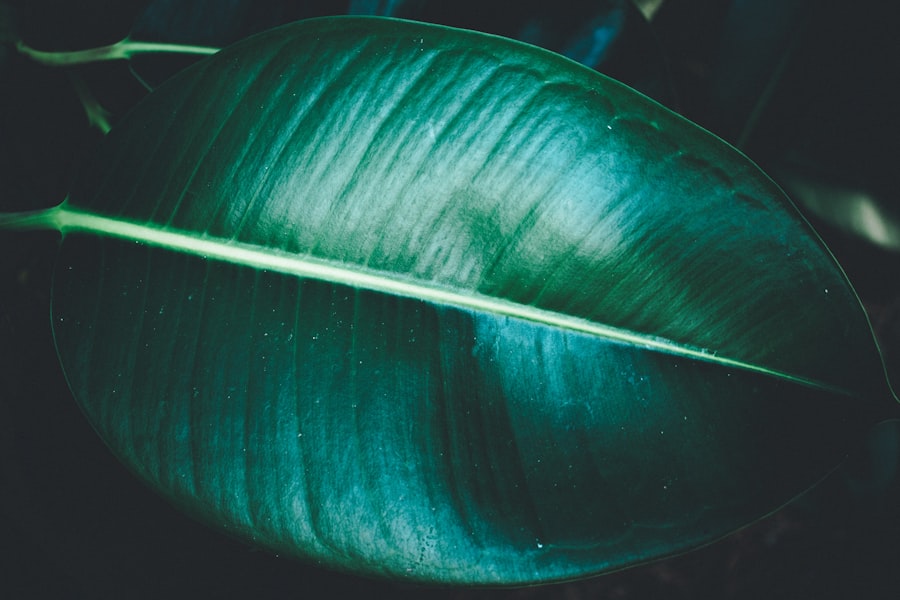
While Sebu Island is often celebrated for its lush inland landscapes, it also boasts beautiful beaches that offer a different kind of allure. The coastal areas are dotted with sandy shores that provide perfect spots for relaxation and recreation. One of the most popular beaches is Gumasa Beach, known for its powdery white sand and crystal-clear waters.
This beach is an ideal destination for sunbathing, swimming, and beach volleyball. The gentle waves make it suitable for families with children, while beachside resorts offer amenities that enhance the overall experience. Water activities abound in Sebu Island, catering to both thrill-seekers and those looking for leisurely pursuits.
Snorkeling and diving are popular options, particularly around coral reefs teeming with marine life. The vibrant underwater ecosystem provides an opportunity to encounter colorful fish and other sea creatures up close. For those who prefer to stay above water, kayaking along the coastline allows visitors to explore hidden coves and enjoy panoramic views of the surrounding landscape.
Fishing enthusiasts can also partake in local fishing tours, where they can learn traditional fishing techniques from local fishermen while enjoying the bountiful waters of Sebu.
Indulging in Sebu Island’s Culinary Delights
| Culinary Delights | Details |
|---|---|
| Local Dishes | Adobo, Lechon, Sinigang, Kinilaw |
| Fresh Seafood | Crabs, Shrimps, Fish, Squid |
| Tropical Fruits | Mango, Pineapple, Papaya, Coconut |
| Street Food | Balut, Fish Balls, Isaw, Kwek-kwek |
The culinary scene in Sebu Island is a reflection of its rich cultural heritage, offering a delightful array of flavors that showcase local ingredients and traditional cooking methods. The island’s cuisine is heavily influenced by indigenous practices as well as Spanish and Muslim culinary traditions. One must-try dish is “Bulu,” a traditional T’boli dish made from rice wrapped in banana leaves and cooked over an open fire.
This dish exemplifies the island’s agricultural bounty, utilizing locally grown rice and herbs to create a unique flavor profile. Seafood also plays a significant role in Sebu’s culinary offerings due to its coastal location. Fresh catches from the surrounding waters are prepared in various ways, from grilled fish served with spicy dipping sauces to savory seafood stews that highlight local spices.
Visitors can enjoy these dishes at local eateries or during community festivals where food stalls showcase an array of traditional delicacies.
Discovering Sebu Island’s Hidden Gems and Local Attractions
Beyond its well-known attractions, Sebu Island is home to numerous hidden gems waiting to be discovered by intrepid travelers. One such gem is the Sulu Sea Viewpoint, which offers breathtaking panoramic views of the surrounding islands and ocean. This vantage point is particularly stunning at sunrise or sunset when the sky transforms into a canvas of vibrant colors.
The viewpoint is accessible via a short hike through lush vegetation, making it a rewarding experience for those willing to venture off the beaten path. Another local attraction worth exploring is the Sebu Museum, which provides insight into the island’s history and culture through various exhibits showcasing artifacts, traditional clothing, and photographs.
Additionally, local artisans often display their crafts at nearby markets, allowing visitors to purchase handmade items such as woven baskets or intricate beadwork while supporting local artists. These hidden gems contribute to the overall charm of Sebu Island, offering unique experiences that go beyond typical tourist attractions.
Tips for a Memorable Trip to Sebu Island
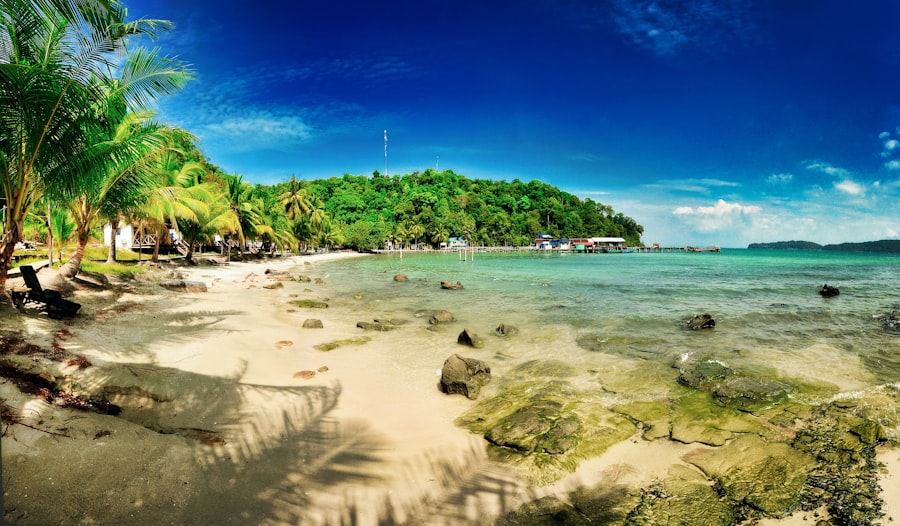
Respecting Local Customs and Traditions
When visiting indigenous communities, it’s essential to respect local customs and traditions. Engaging with locals in a respectful manner can lead to meaningful interactions and insights into their way of life.
Planning Your Itinerary
Learning a few basic phrases in the local dialect can also go a long way in building rapport with residents. Travelers should plan their itinerary to include both popular attractions and off-the-beaten-path experiences. While iconic sites like Lake Sebu and Seven Falls are must-visits, exploring lesser-known areas can provide a deeper understanding of the island’s culture and natural beauty.
Practical Considerations
Additionally, considering the best time to visit is crucial; the dry season from November to April offers ideal weather conditions for outdoor activities. Packing appropriately for various activities is essential. Comfortable footwear is necessary for hiking trails leading to waterfalls or viewpoints, while swimwear is a must for beach days or water sports. Bringing along insect repellent can help ward off pesky mosquitoes during evening outings or hikes through lush areas. By keeping these tips in mind, travelers can fully immerse themselves in all that Sebu Island has to offer while creating lasting memories of their journey through this enchanting destination.
If you’re interested in exploring more about the entertainment industry, you may want to check out the article Cineplay 1.0. This article discusses a new platform for streaming movies and TV shows, which could be a great way to relax and unwind after a day of exploring Sebu Island.
FAQs
What is Sebu Island?
Sebu Island is an island located in the Philippines, specifically in the Visayas region. It is the second largest island in the Philippines and is known for its beautiful beaches, rich culture, and vibrant marine life.
What are the popular attractions on Sebu Island?
Some popular attractions on Sebu Island include the historic Magellan’s Cross, the stunning Kawasan Falls, the vibrant Sinulog Festival, and the picturesque beaches of Moalboal and Bantayan Island.
What is the climate like on Sebu Island?
Sebu Island has a tropical climate with two distinct seasons: the dry season from November to April and the wet season from May to October. The island experiences warm temperatures year-round, with occasional typhoons during the wet season.
What are the transportation options to get to Sebu Island?
Travelers can reach Sebu Island by flying into Mactan-Cebu International Airport, which is the main gateway to the island. From there, they can take a taxi, bus, or ferry to reach their desired destination on the island.
What are the popular activities to do on Sebu Island?
Some popular activities on Sebu Island include snorkeling and diving to explore the vibrant marine life, island hopping to visit nearby islands and beaches, exploring the historic sites and museums, and enjoying the local cuisine and nightlife.



